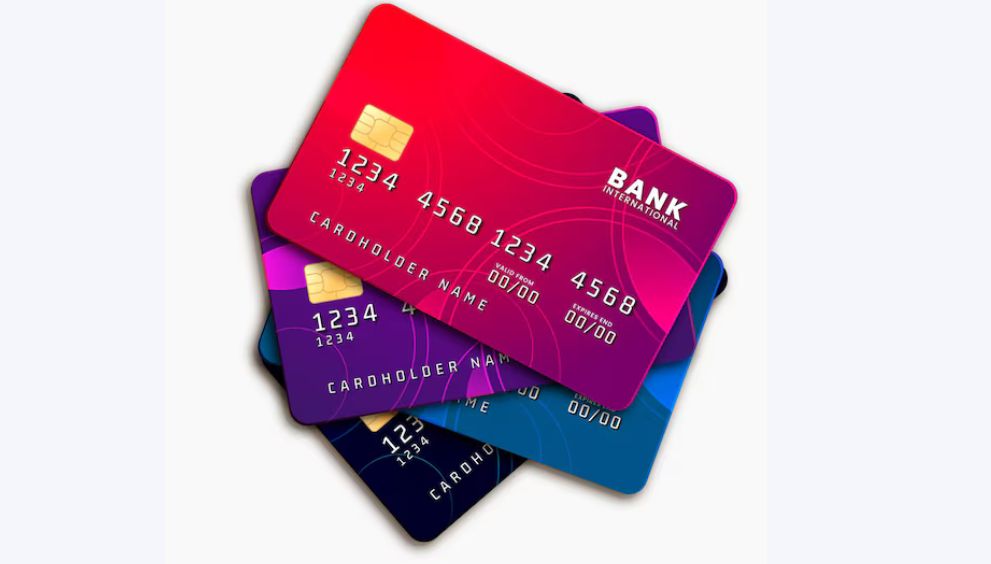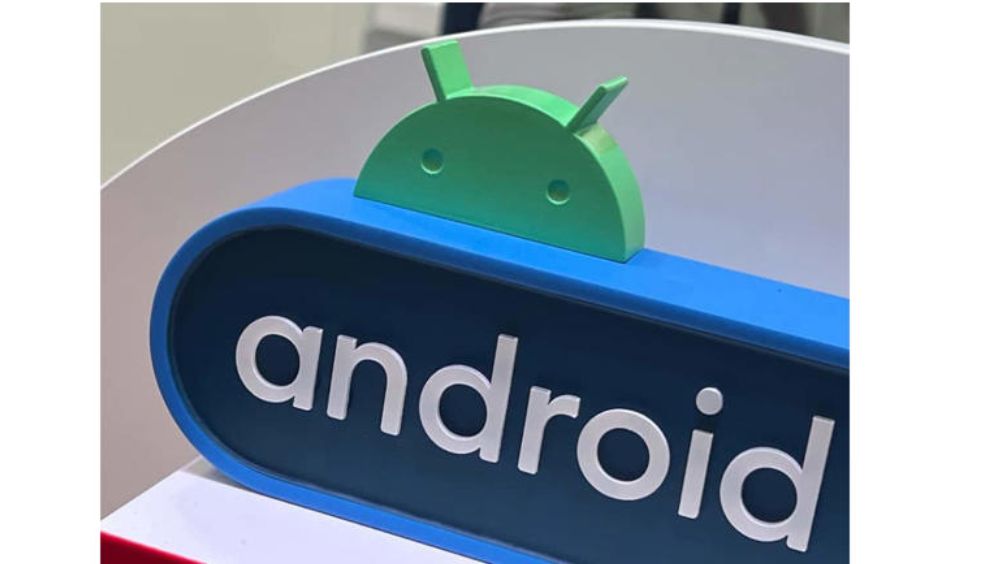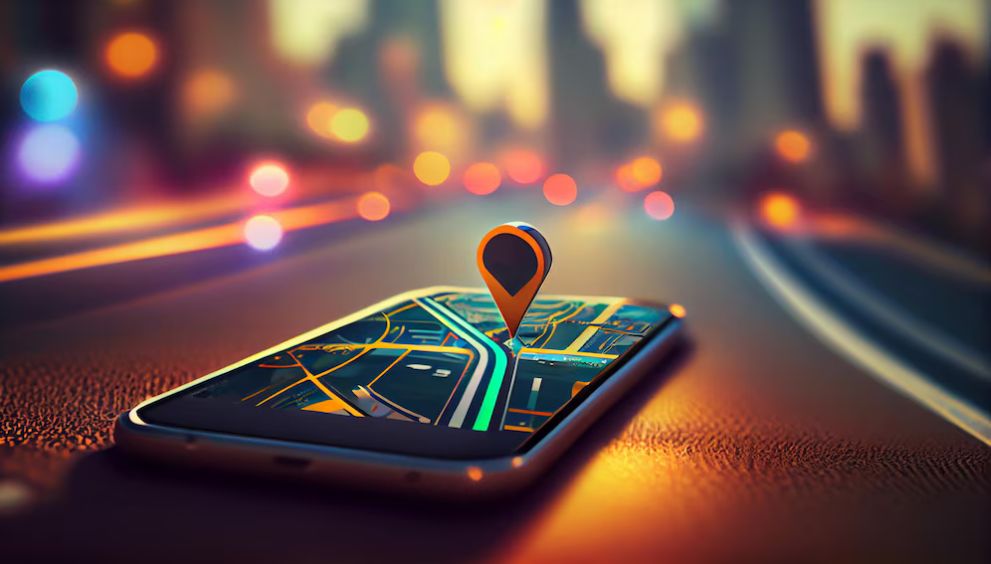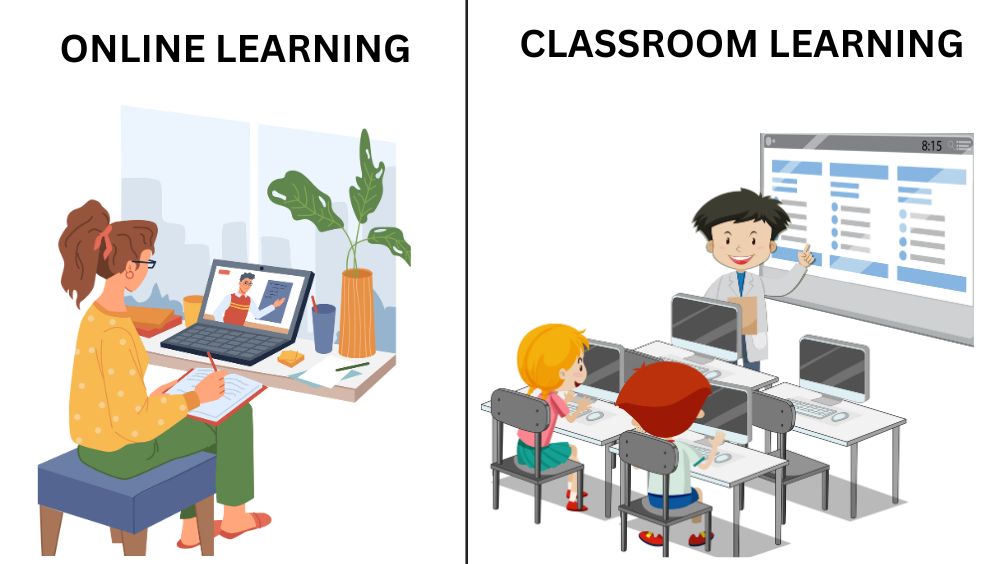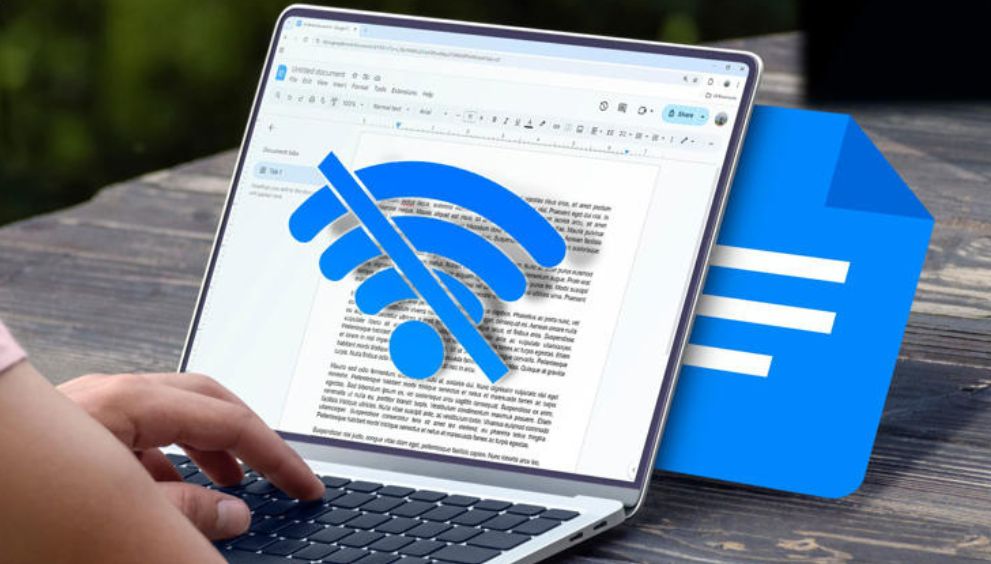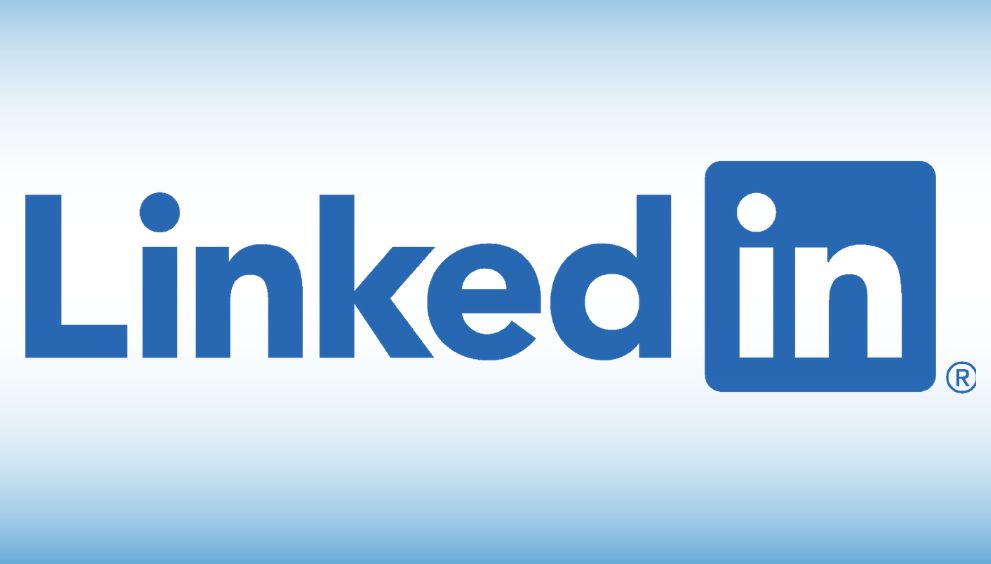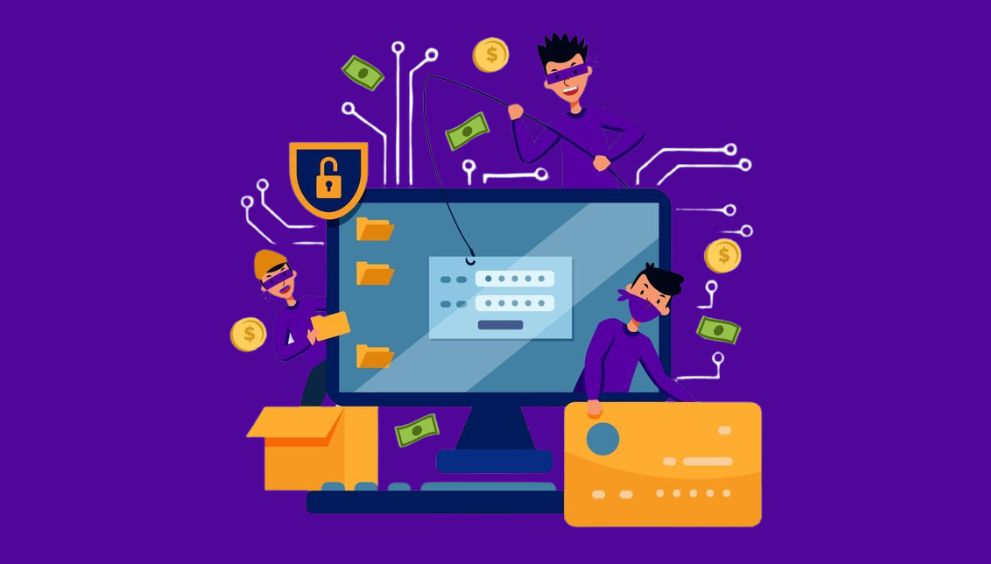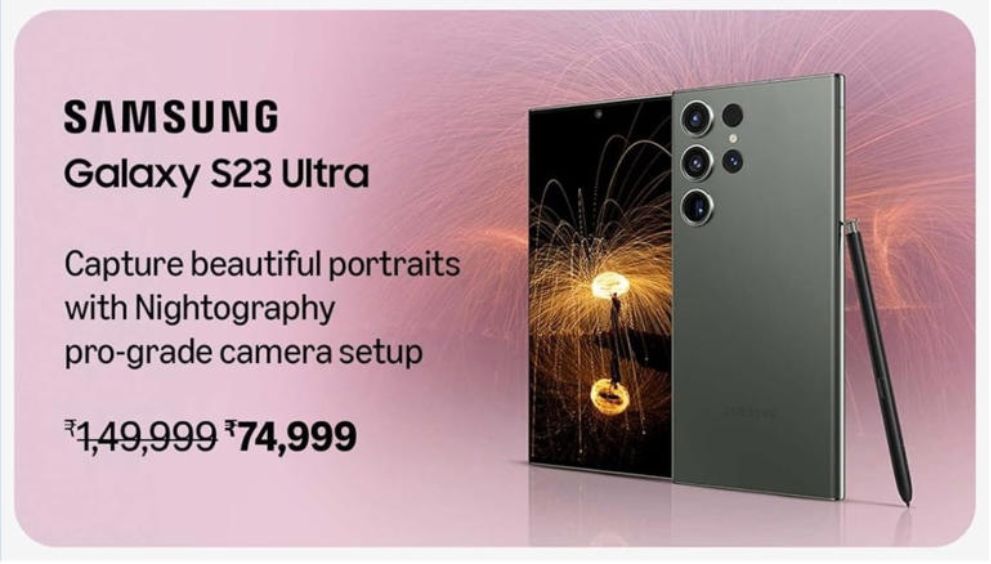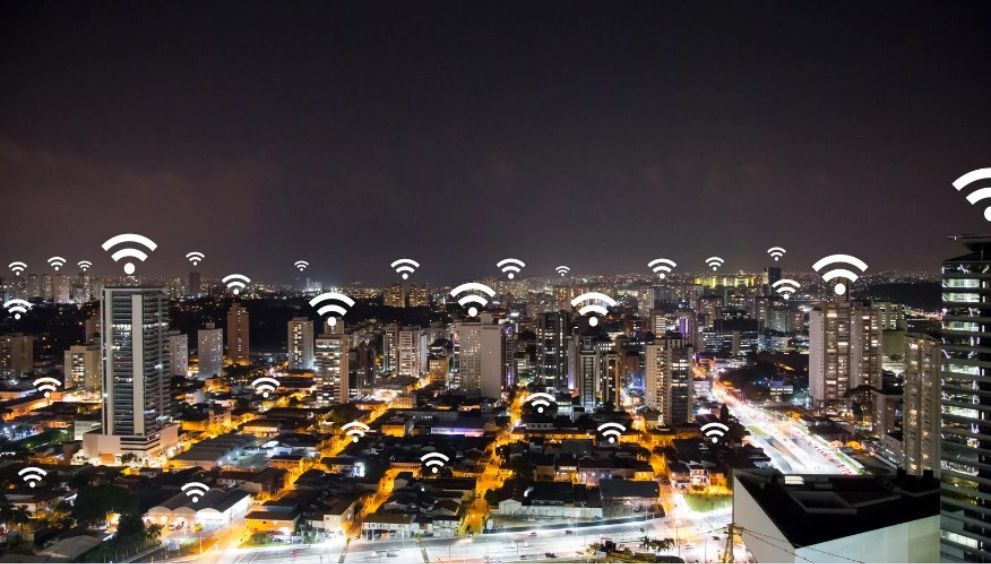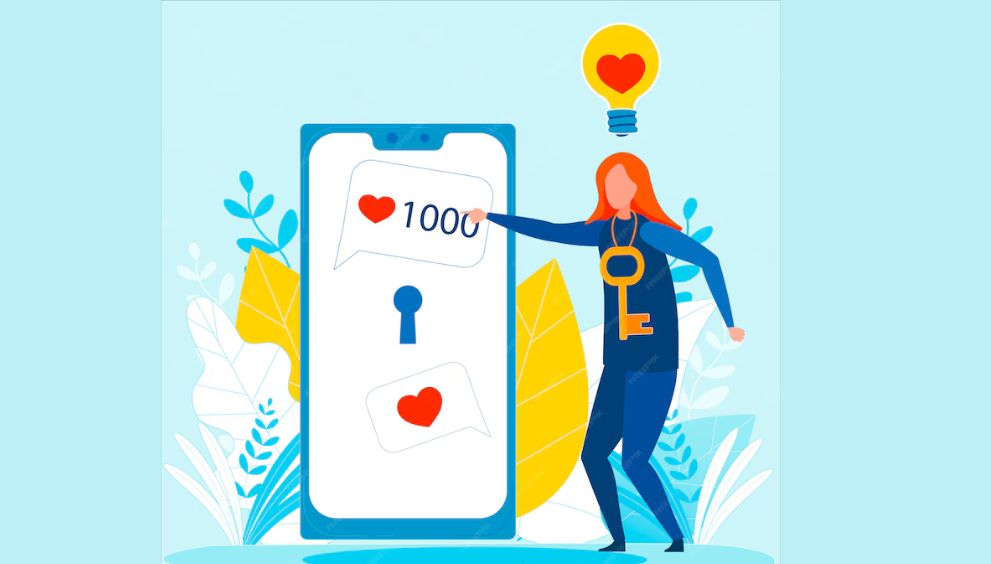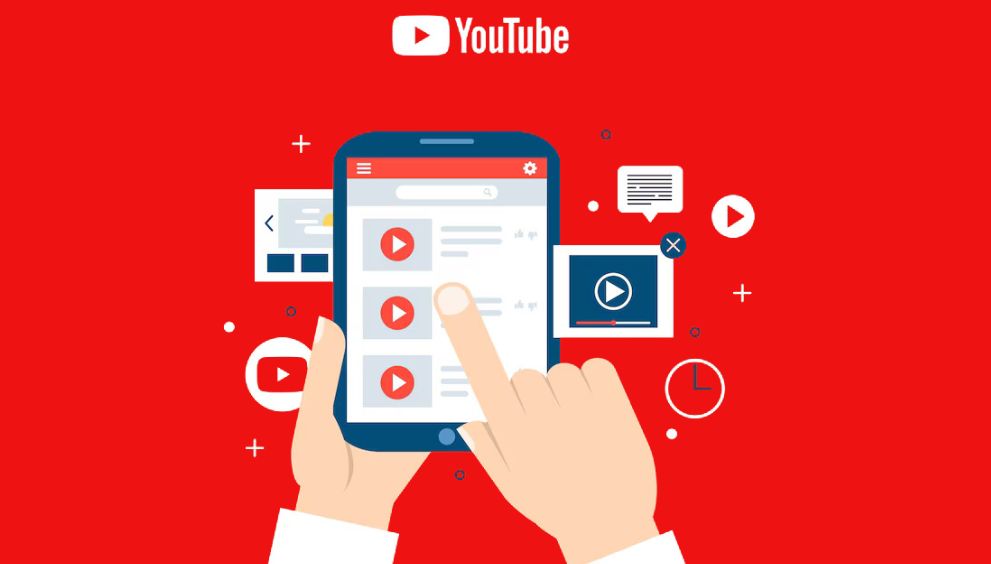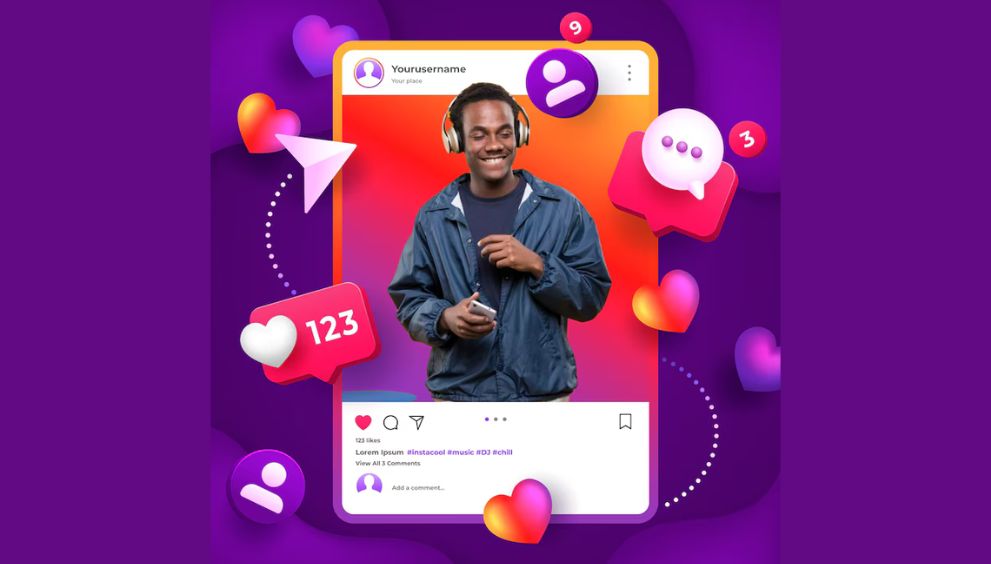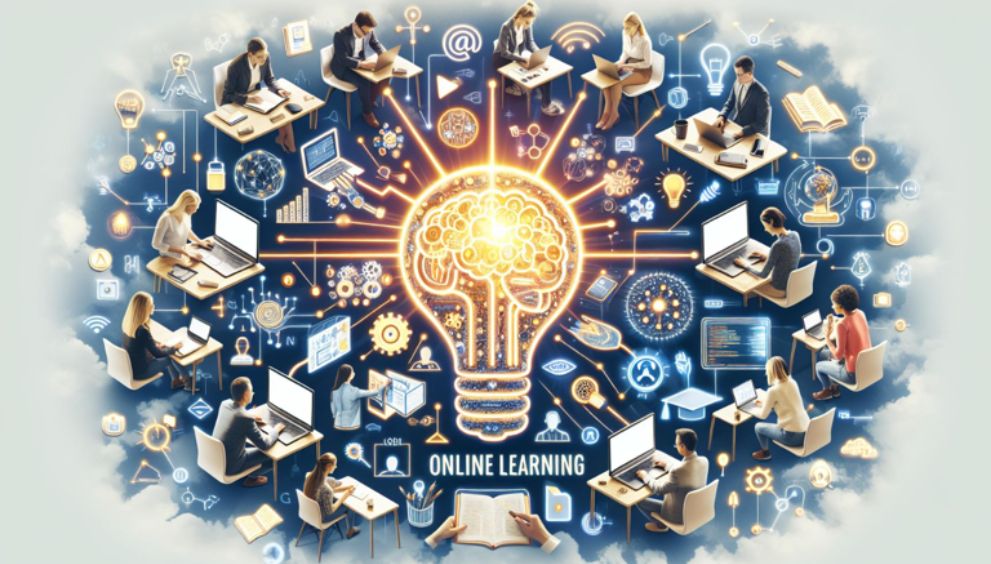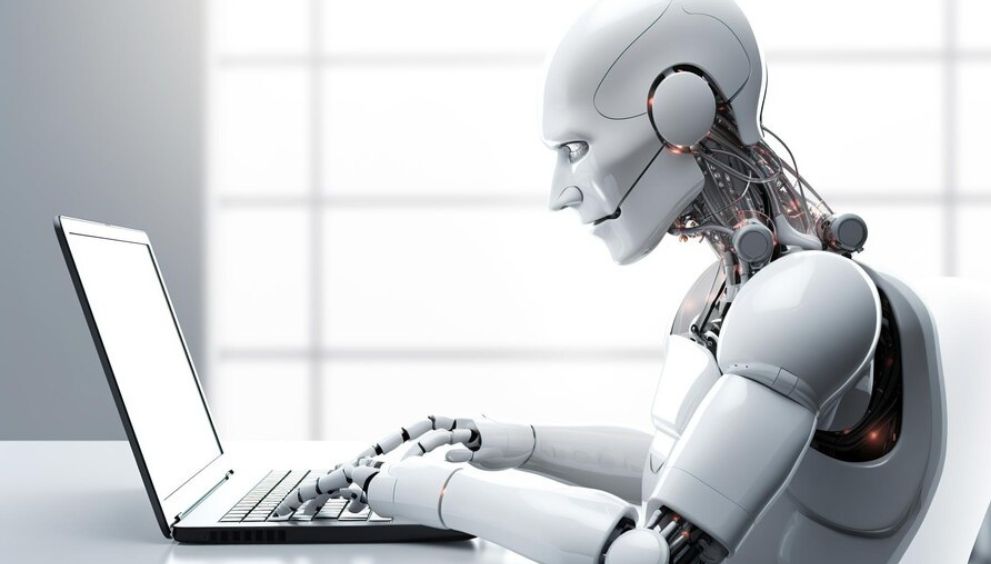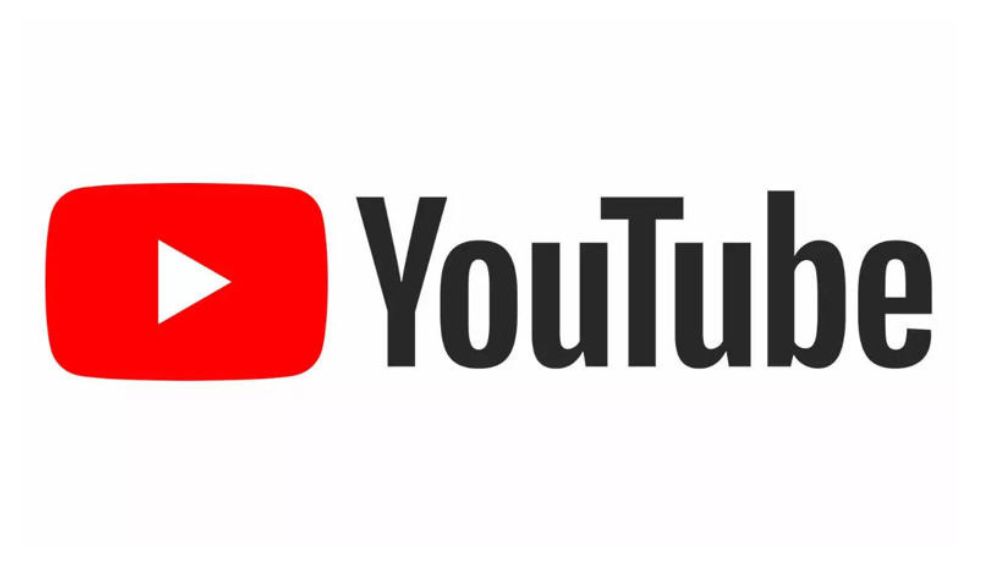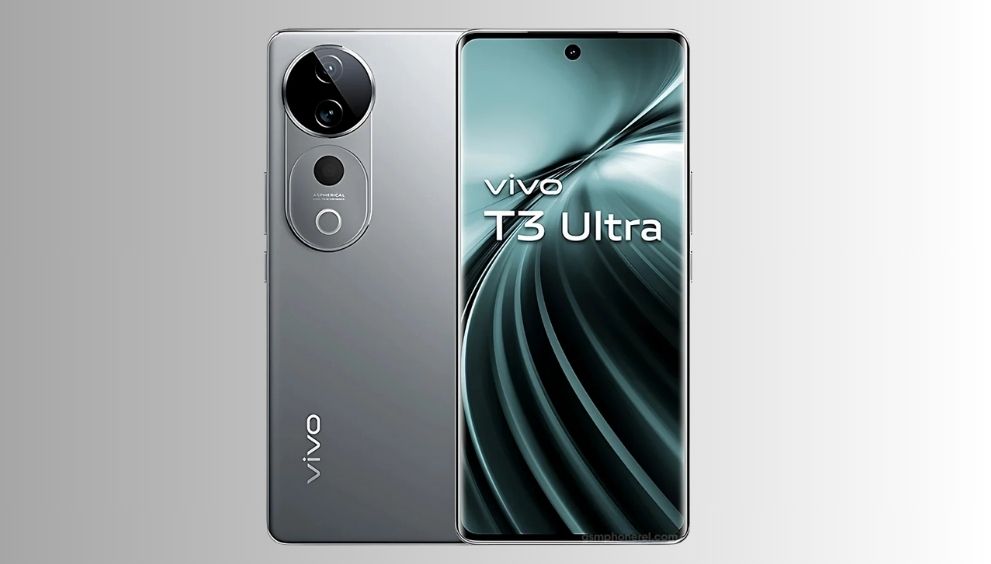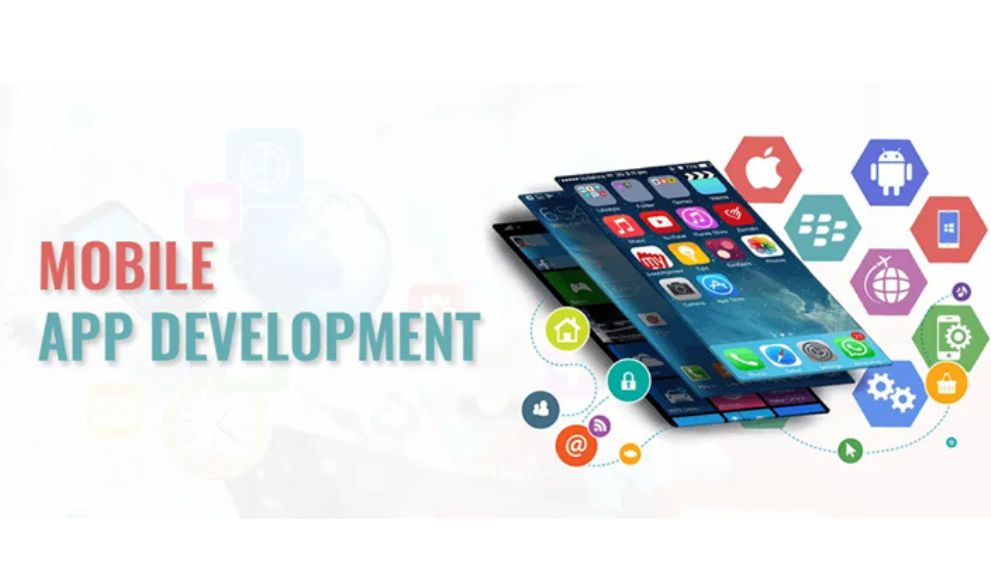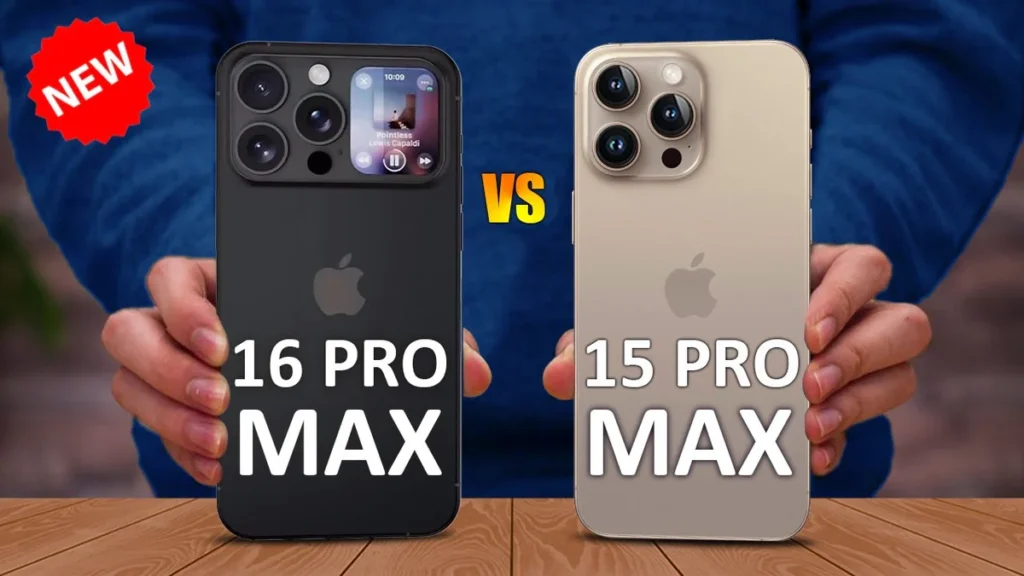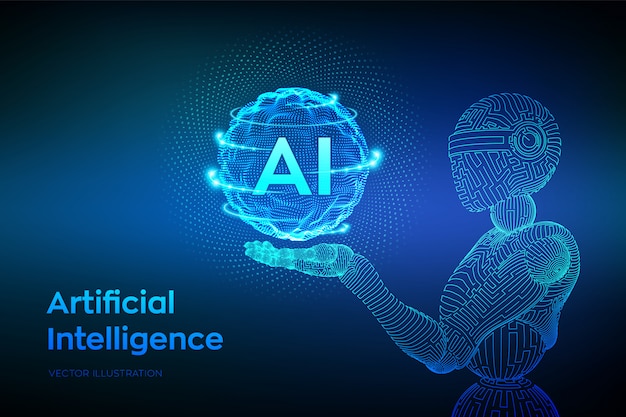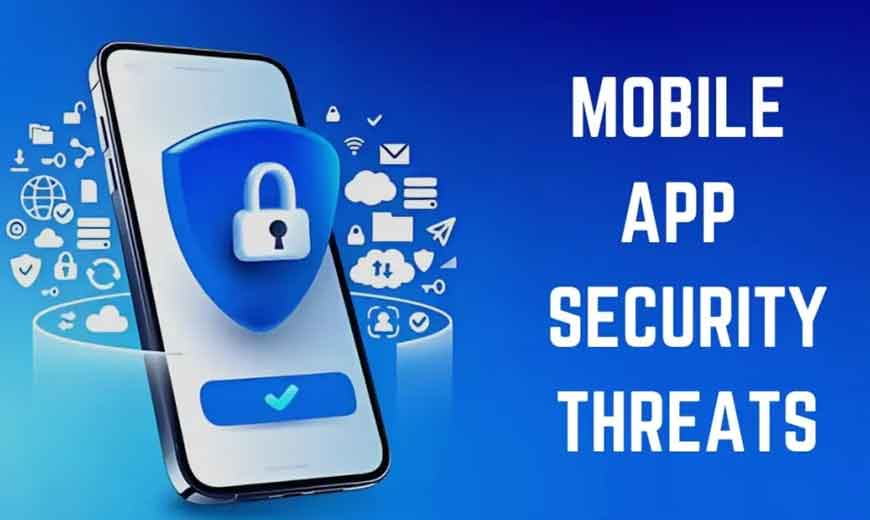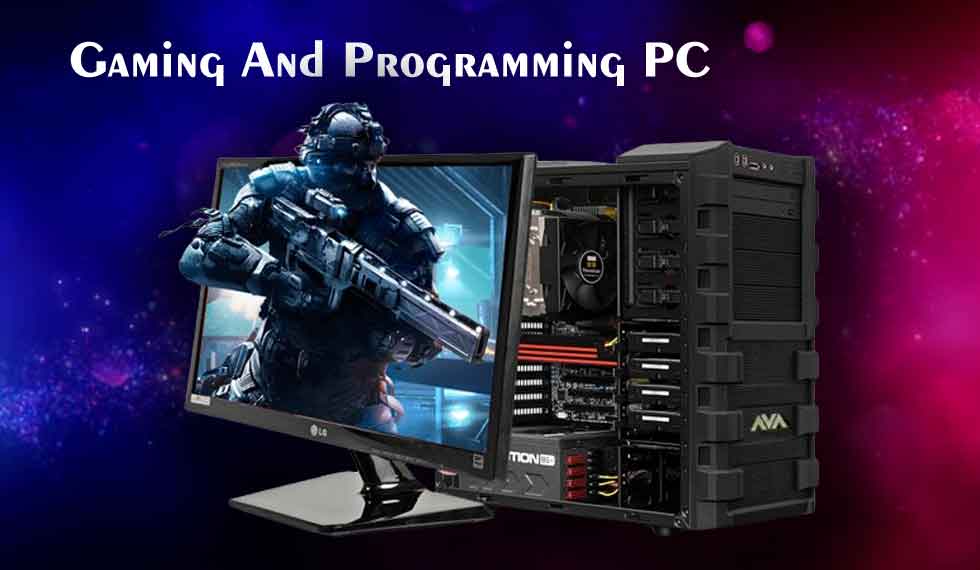Innovative Tech: A Deep Dive into the Latest Modern Technology
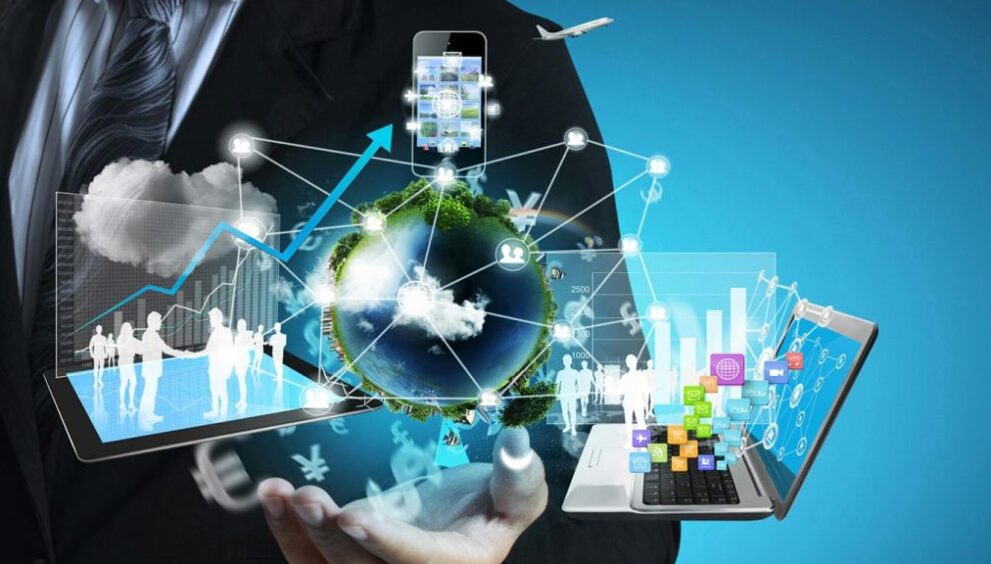
DEFINITION OF MODERN TECHNOLOGY
Technology (Innovative Tech) plays a pivotal role in the promotion of science. It makes our daily work easier and faster. Technology includes an advanced machine to a simple needle. Modern technologies are all about efficiency and speed.
Introduction to Emerging Technology
Emerging technology is a term used to describe a new technology, but it may also refer to the continuing development of an existing technology. Emerging technology markets are characterized by rapid technological advancements, disruptive innovation, and the emergence of new products and services.
Examples of technology markets include blockchain innovation, quantum computing, the Internet of Things (IoT) 5G technology, augmented reality (AR), and smart devices.
A Summary of Emerging Technology
Artificial Intelligence (AI):
First, we need to understand AI technology. Artificial intelligence refers to a technology that allows computers and machines to imitate human intelligence and program-solving abilities. AI takes out text and data from images and documents, turns indeterminate content into business-ready structured data, and uncloses valuable insights. In daily life, continuous advancements in AI research and development, such as natural language processing improvements, enable more efficient and innovative applications. As AI powers effective assistants, recommendation systems, and smart home devices.
Continuously grows, it is modernizing how business runs so people can connect with technology. It is making tasks more effective and decision making more data oriented. This constant progress highlights AI’s notable role in running technological change and magnifying different aspects of our lives and work environments.
Currently growth in AI technology is driving noteworthy changes in different fields. These AI advancements are making AI more efficient and functional.Industries using AI include healthcare, finance, retail and manufacturing.
Blockchain Technology:
Blockchain innovation refers to a coordinated digital account that records transactions across multiple computers in a safe and translucent manner. Its main features involve stability, transparency and cryptographic security, making it ideal for applications like cryptocurrencies, smart contracts, and supply chain management.Industries adopting blockchain innovation include finance (cryptocurrencies, cross-border payments), logistics (tracking and tracing), healthcare (patient data management), and legal (smart contracts). Businesses can explore opportunities in implementing blockchain solutions for secure data management, supply chain transparency, digital identity verification, and decentralized finance applications. Collaborations with blockchain startups and technology providers can drive industry-wide adoption.
5G Network technology:
After 1G, 2G, 3G and 4G now we have 5G technology. 5G technology is a fifth generation global wireless mobile network technology. It is a new kind of network that is designed to connect virtually everyone and everything together. Its higher performance and improved efficiency empower new users and connect new industries. As more and more devices are built for 5G speeds, demand for 5G network connectivity is growing. Today, many popular Internet Service Providers (ISPs), such as Verizon, Google and AT&T, offer 5G networks to homes and businesses.
Quantum computing:
Quantum computers tackle the unique behavior of quantum physics—such as superposition, entanglement, and quantum interference—and apply it to computing. This introduces new concepts to traditional programming methods.
Quantum computing is a new computing paradigm that uses quantum-mechanical phenomena, such as superposition and entanglement, to perform computations. This section will discuss the potential impact of quantum computing on industries such as finance, cybersecurity, and drug discovery.
Augmented reality (AR):
The combination of real and digital worlds by covering computer generated content in the real world is known as Augmented reality (AR). Using software, apps and hardware such as smartphones, smart glasses, tablets and headsets, augmented reality overlays digital content onto real life objects. Augmented reality (AR) is commonly used for design and product development, maintenance, operational control and safety, employee and operator training and learning and quality control. Many industries are adopting Augmented Reality (AR) because it drives operational efficiencies by reducing production downtime, identifying problems quickly, and keeping processes moving.
Internet of Things (IoT):
The term” Internet of Things (IOT)” describes the network of physical objects “things” that are immersed with sensors, software and other technologies for the motive of connecting and exchanging data with other devices and systems over the internet. We use the Internet of Things every day for example smart thermostats and kitchen appliances, self driving cars, fitness tracking watches and home security systems. Pacemakers are also Internet of things (IOT) devices. The Internet of Things (IOT) can be categorized into four types: Consumer IOT, Commercial IOT, Industrial IOT, and Infrastructure iot.
Each type of IOT offers unique benefits and applications. By implementing the right IOT solution , individuals and organizations can enhance efficiency, improve quality of life and create smarter, more connected environments.
As IOT continues to evolve, staying informed about its diverse application will be key to unlocking its full potential.
Smart Devices:
Smart devices are electrical items that connect to the internet . They include “hi-tech” devices and also standard household items such as washing machines, fridge, thermostats and kettles.

















